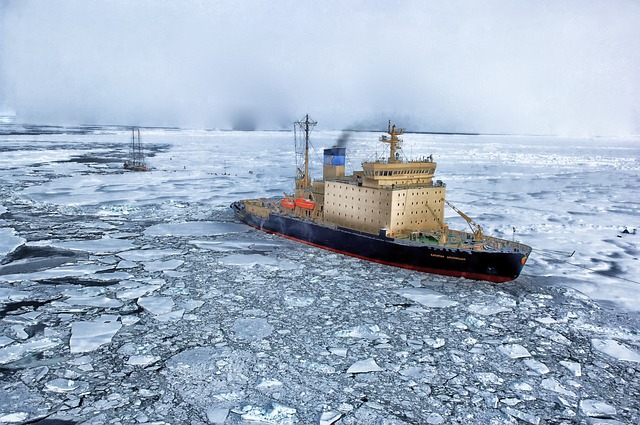On Friday, after many years of heavy-discussed negotiations, The United Nations shipping agency finally managed to adopt stricter safety and environmental provisions regarding vessels that operate in the Arctic and Antarctic waters. Given the rate at which the ice is melting, the region’s shipping traffic is bound to increase.

According to the stipulations of the Polar Code, adopted by the International Maritime Organization (IMO), vessels operating in the Polar regions are to be in full compliance with an array of strict safety and environmental regulations, which feature prohibitions regarding any oil or oily mixtures being discharged from any vessel into the sea water, along with the prevention of pollution, resulting from noxious liquid substances and garbage in general.
Friday’s events serve as a follow-up to the adoption of the Polar Code’s safety requirements back in December. Expectations are for the full Polar Code to come to force in January of 2017. It will be applicable to vessels that were built on or after the 1st of January, 2017.
“Vessels built before the specified date are going to have to comply with the Polar Code’s requirements by the 1st intermediate or renewal survey procedure, depending on which occurs before the other, after January 1st of 2018,” as commented by the IMO.
Campaigners Antarctic and Southern Ocean Coalition (ASOC) stated that the Polar Code was not enough for the sufficient protection of the Antarctic eco-system when regarding shipping, further adding that the measures did not take into account raw sewage being discharged beyond 12 nautical miles from land.
“Although some ships are bound to have the necessary equipment and systems, it is not explicitly made clear by the Code what course of action should be undertaken in a scenario involving a chemical or an oil spillage. Including specific and detailed requirements could have contributed for the adapting of current measures to the polar waters’ special needs,” ASOC’s Sian Prior commented.